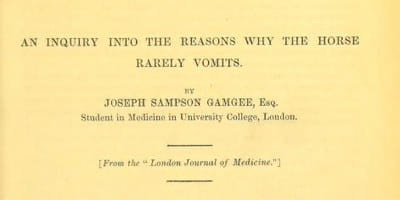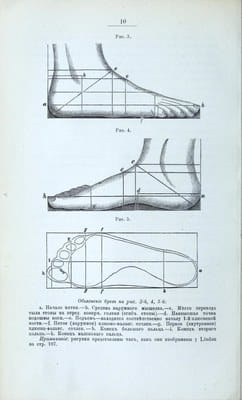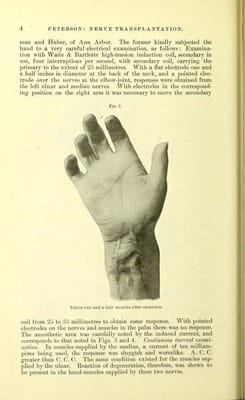Our contribution to digital UK Medical Heritage Library is almost complete
05 Feb 2016
Dorothy Fouracre

It has been a pleasure to work so closely with such a unique collection and its breadth has often been surprising, ranging from Russian dissertations on shoemaking to the temperature at the Scottish coast and the apparent inability of horses to vomit. Yet, time and again, the most interesting aspect has been witnessing how the collection lays the foundations for progress in surgery and medicine on which today’s innovations are still building.
Reuben Peterson’s investigation into repairing severed ulnar and median nerves using transplantation contributed to the body of knowledge and experience that has led, over a hundred years later, to the NHS’s recent announcement that it plans to make hand transplants available to patients. Similarly, pioneering plans to use the CRISPR gene editing technique on human embryos have ultimately been made possible by Walter Heape’s work in 1890: the first known successful transplantation of an embryo from one animal to another. Heape’s experiments paved the way for IVF techniques.
Other items seem strangely prescient, giving the impression that history does indeed repeat itself. The material around vaccination, especially, contains arguments that wouldn’t seem completely out of place today, amid the debate fostered by the relatively small but enduring ‘anti-vaccination’ movement. The collection also includes many more rebuttals to these opinions, and although the language used may be a little old-fashioned, this scathing review of an anti-smallpox vaccination pamphlet could almost have been written about Andrew Wakefield’s now infamous fraudulent paper on the MMR vaccine, which was published in 1998:
With those who have time and disposition to examine, this publication bears too many internal evidences of error to mislead: but where it is merely known that a Physician of standing and respectability comes forwards, with an appearance of […] regard to the interests of the public, to stem the torrent of popular prepossession, by what are represented to be unquestionable facts […], it becomes the more necessary to put in a caveat […].
We are delighted that digitisation is making this unique collection available to a far wider audience, and look forward to seeing how both its scientific and more unusual elements will be used in the future.
Dorothy Fouracre, Collections Librarian



